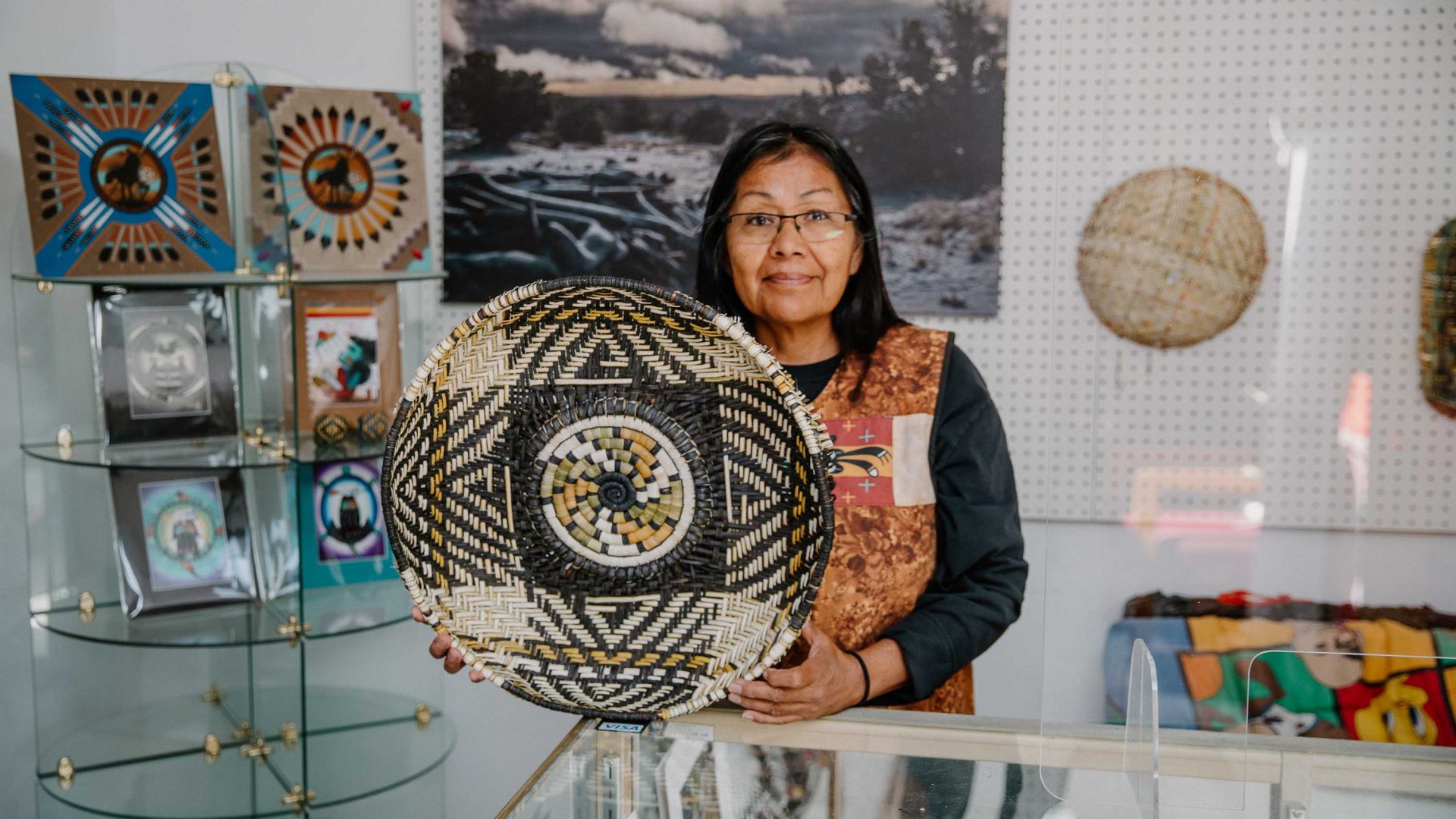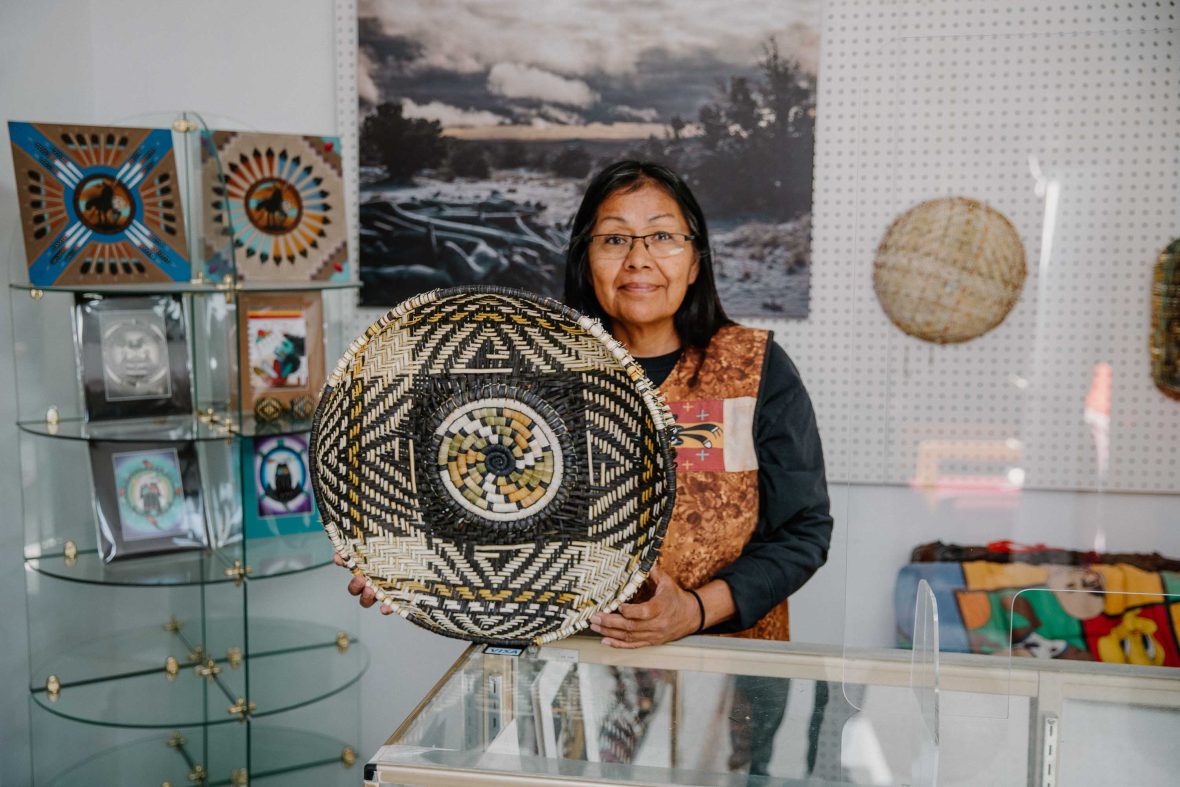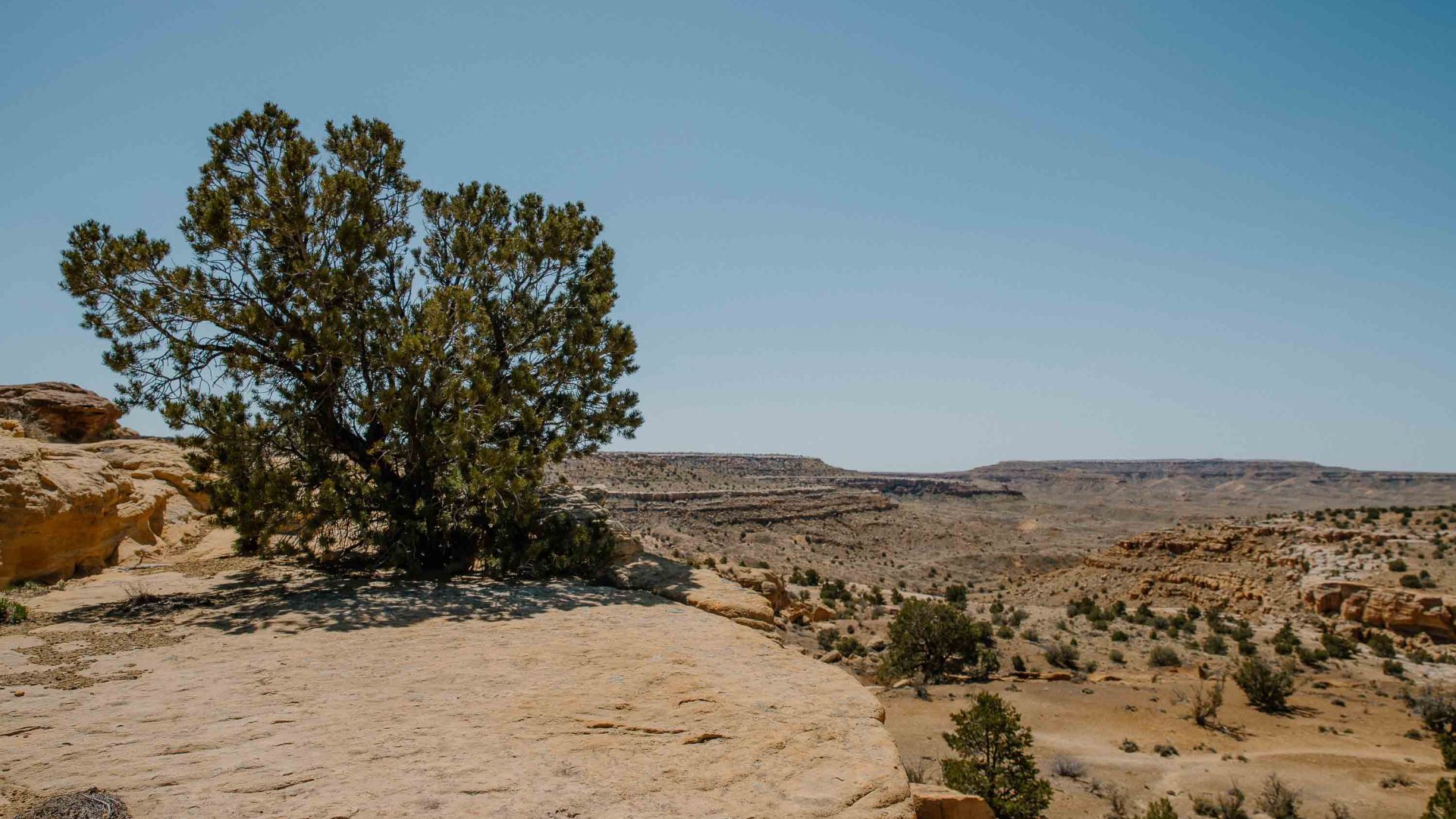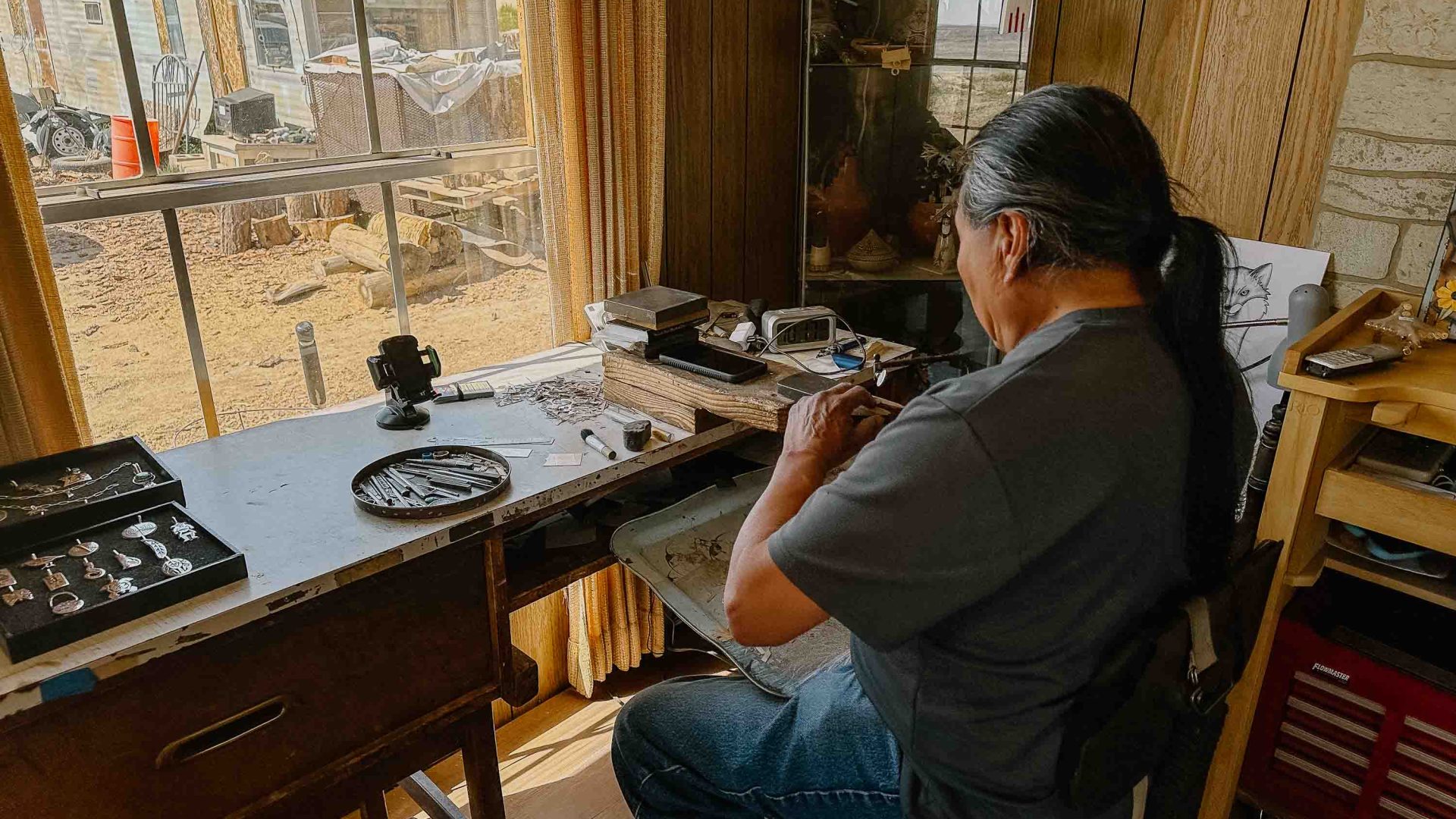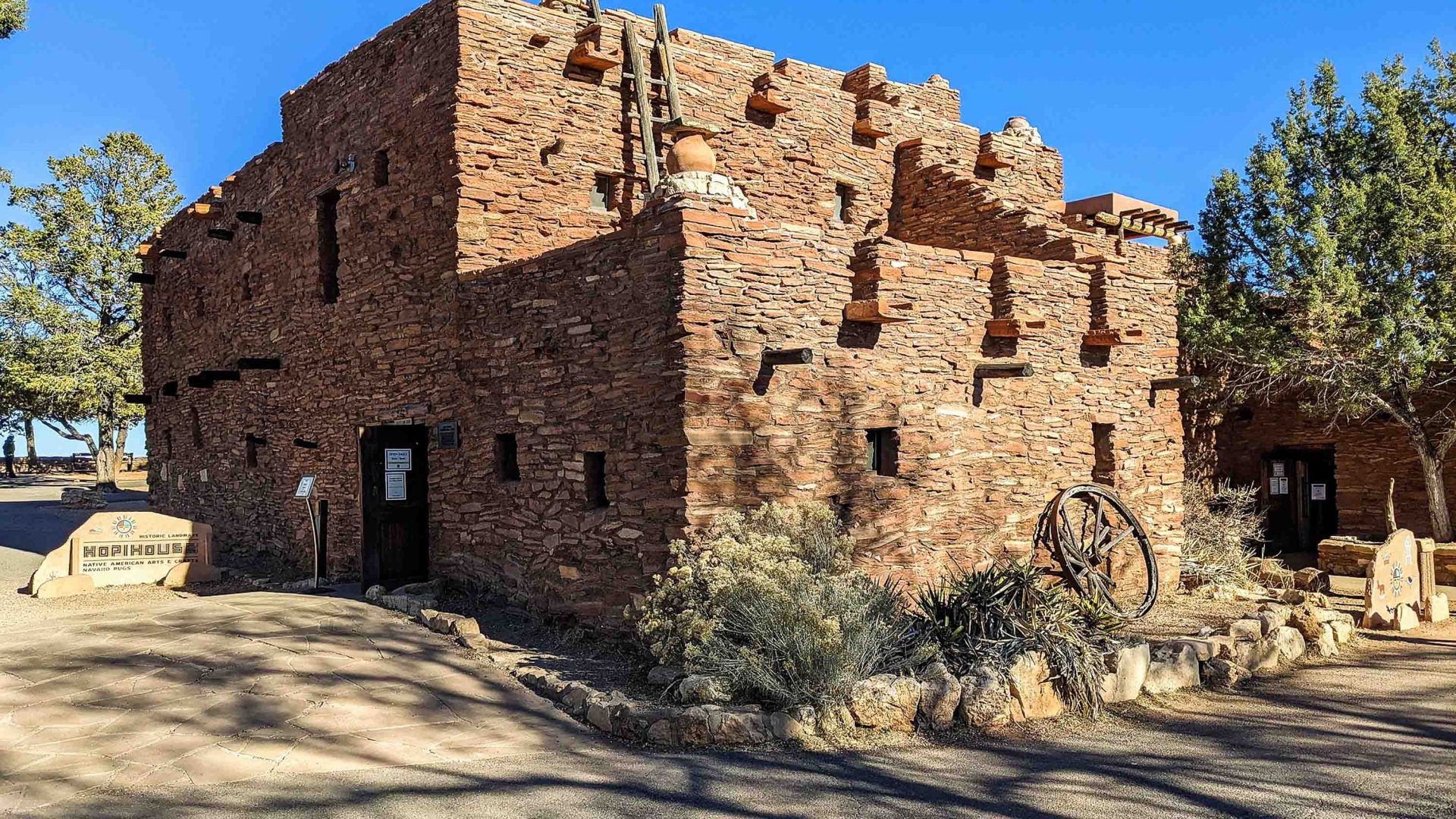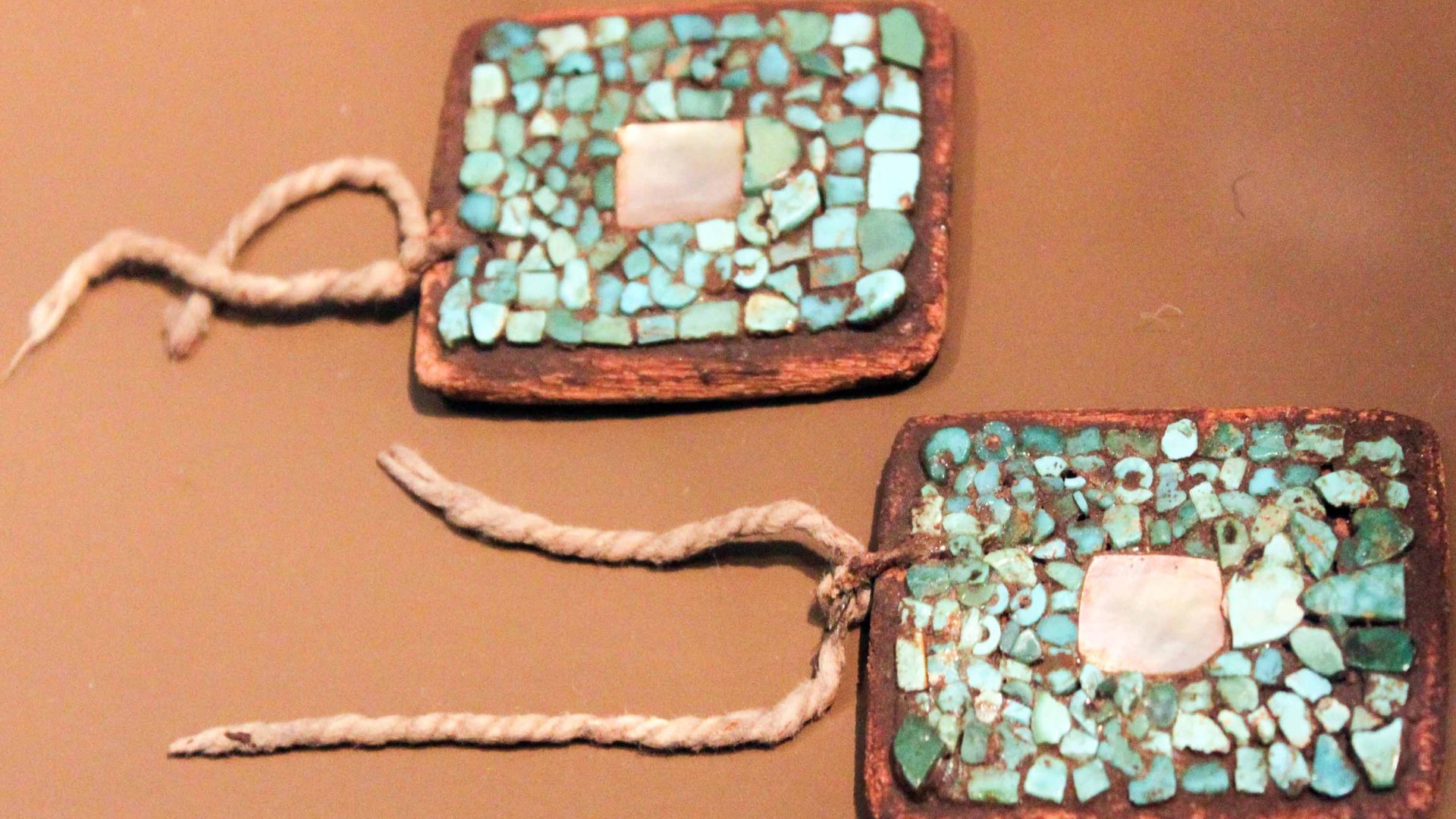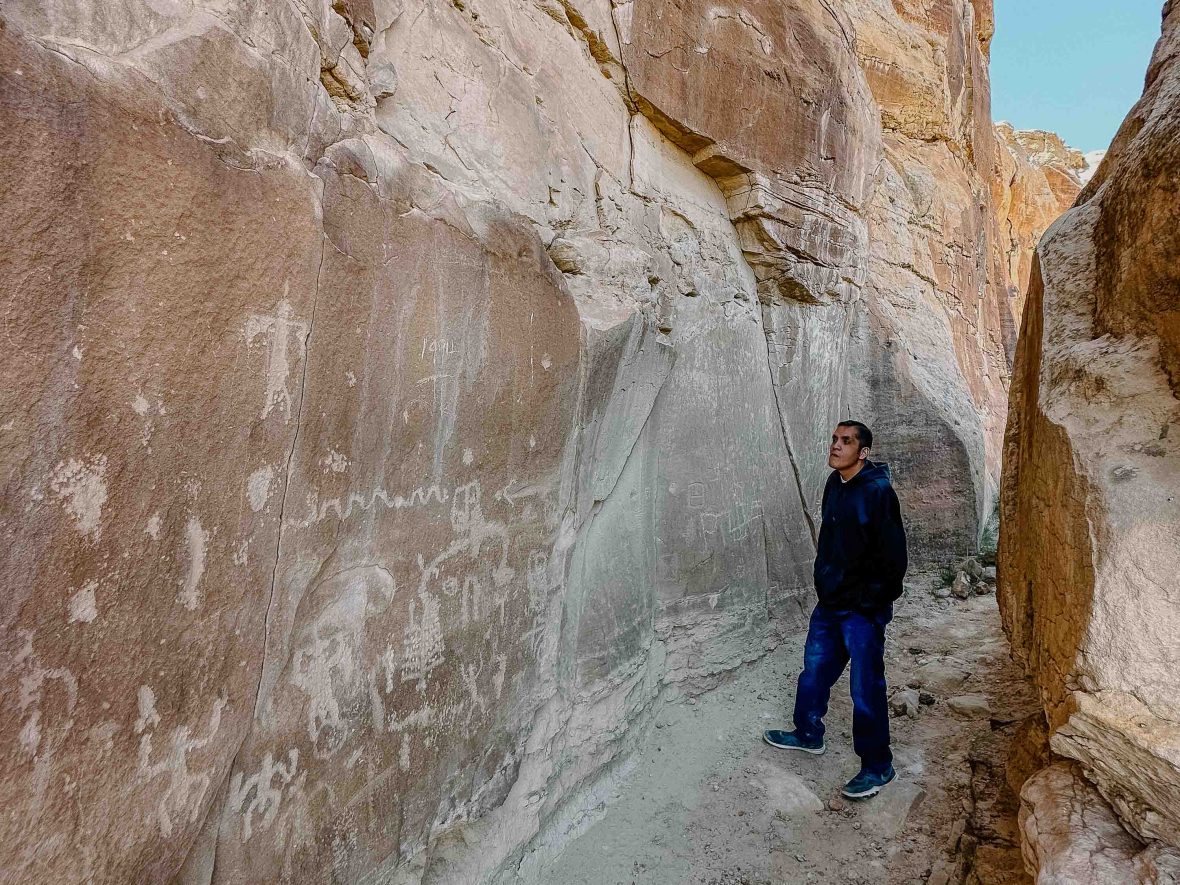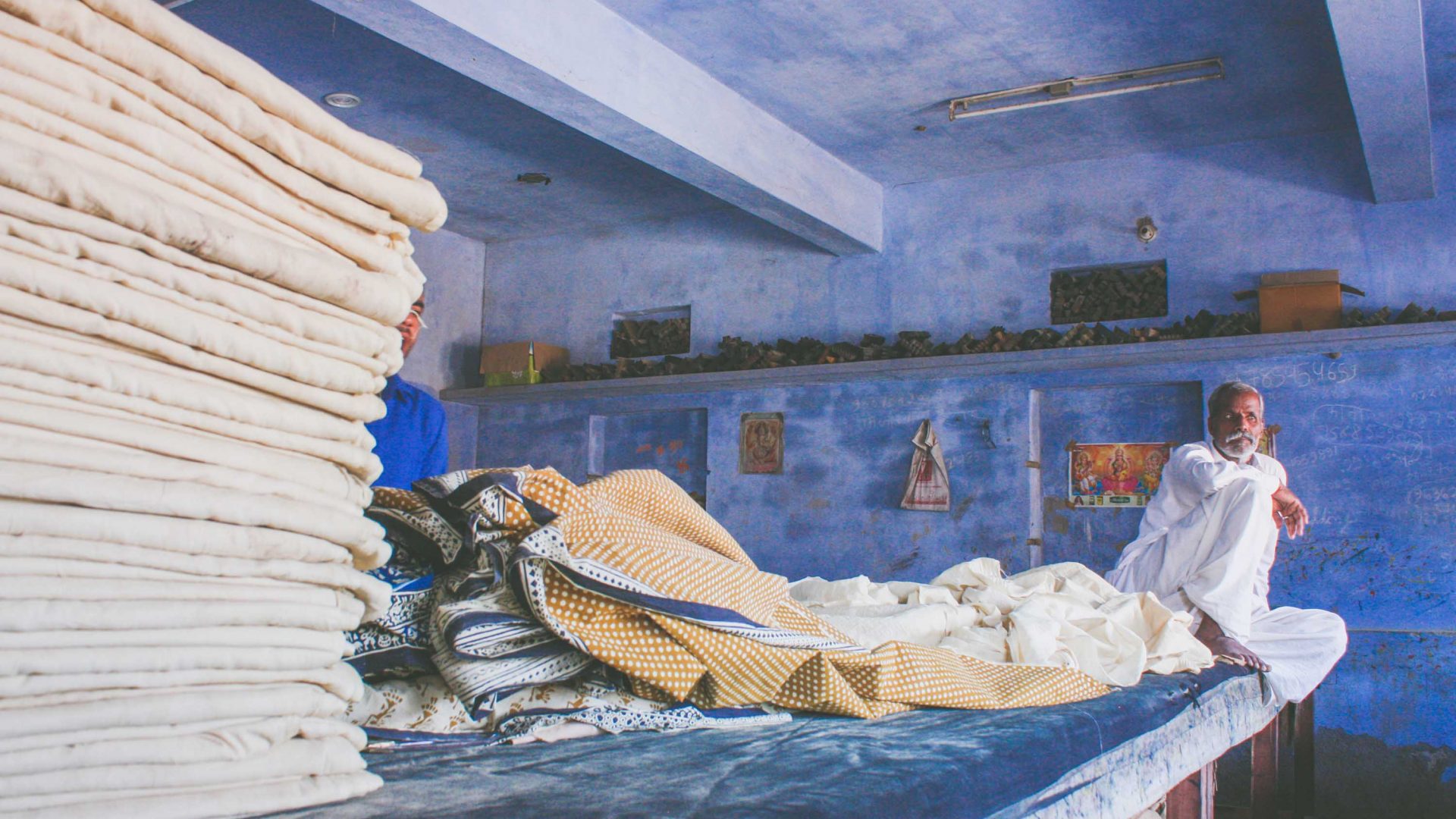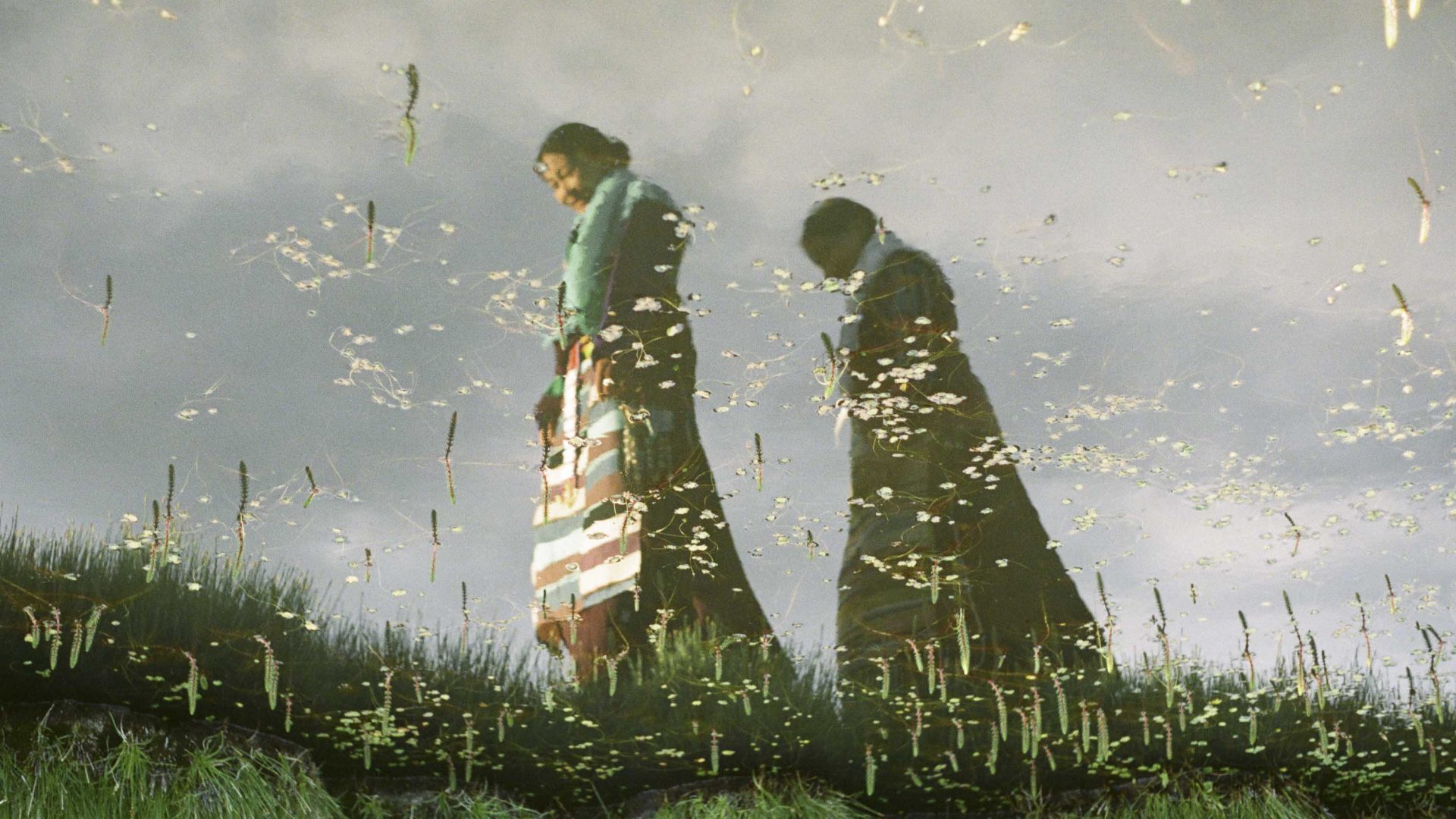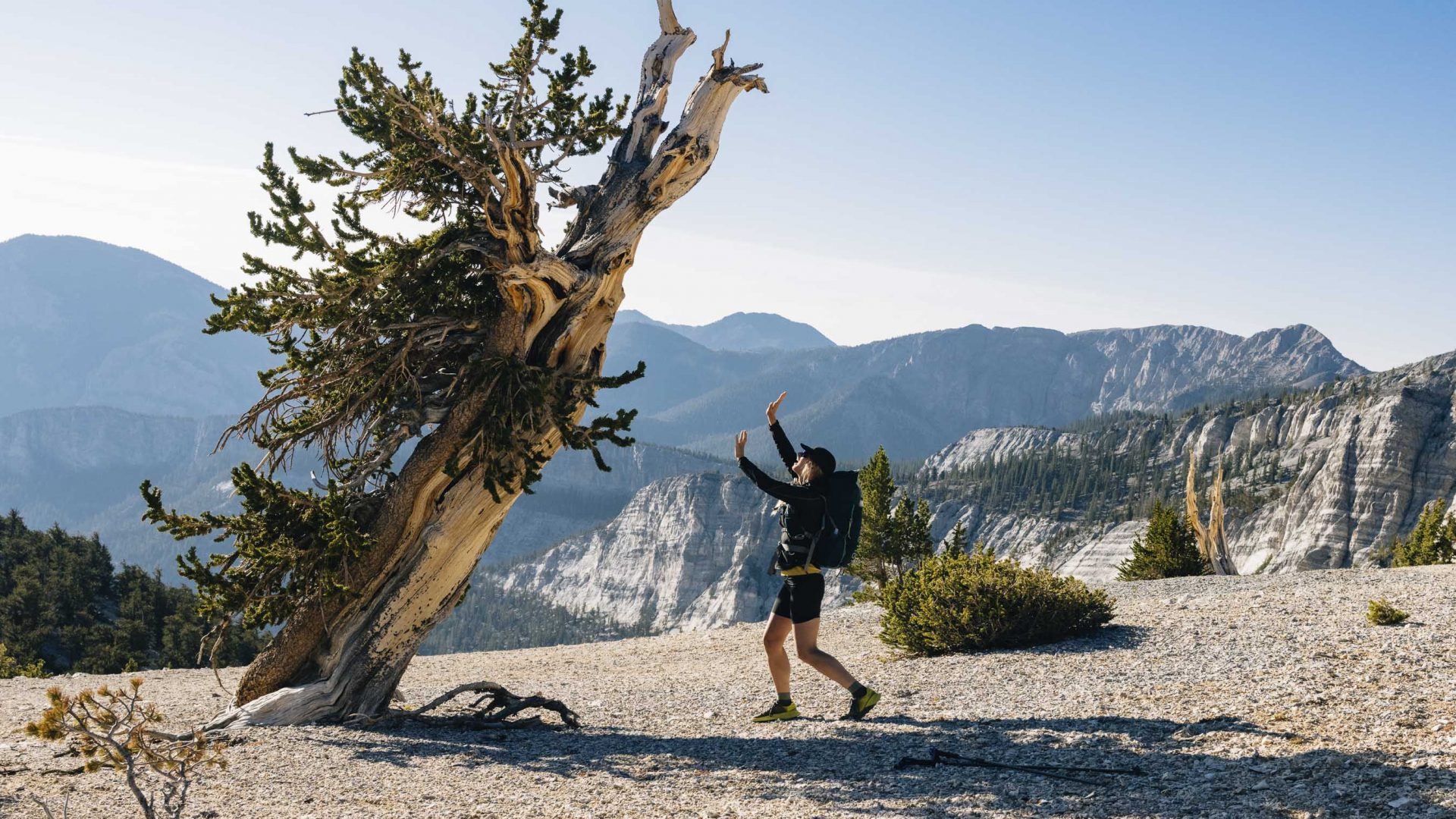The highway roams the unforgiving landscape like an undulating snake. Giant boulders the size of houses and extraordinarily vast canyons appear on every hill brow and around every rattling bend. I squint through the blistering midday sun, searching for the blink-and-you-miss-it Iskasokpu Gallery from behind the wheel.
I arrive slightly late; I must have blinked. No phone signal makes Google Maps redundant on the arid Second Mesa plateau where Iva Honyestewa’s modest roadside gallery is located—hence my blissful unawareness. “Warm, isn’t it?” she says with a wry grin, when I do eventually find her. If an Arizonan is telling you it’s warm, then it definitely is.
I’ve come to meet Iva Honyestewa—Hopi name Iva Casuse Honwynum, meaning ‘Female Bear Walking’ in English—a prominent Second Mesa Hopi basket weaver and jeweler whose much heralded, award-winning work transcends this modest workshop which has spawned thousands of pieces over the last 30 years.
Hopi people date back thousands of years, making them one of the oldest living cultures in documented history. For some 2,000-plus years, the Hopis have lived as caretakers of the earth in the northeastern Arizona Hopi Reservation area, where the Arizona, Utah, Colorado and New Mexico borders meet. Most Hopi people today live across the 12 villages of the reservation’s three mesas (hills), with each mesa famous for its own crafts: First Mesa for pottery, Second Mesa for coiled basket weaving, and Third Mesa for wicker basket weaving, silversmithing and kachina doll carving.
